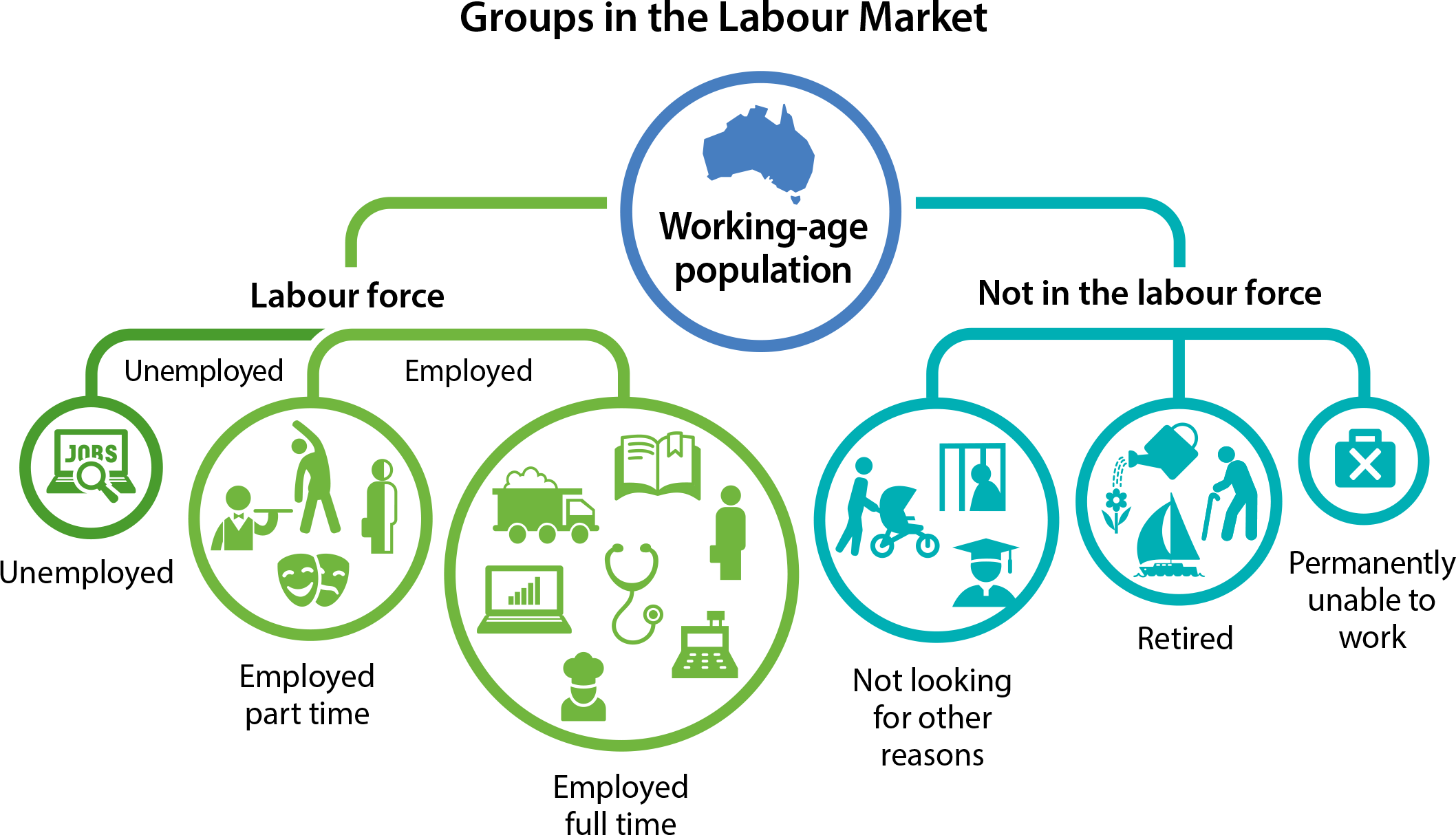Employment Challenge:Government Budgets vs Job Placement?
Australia’s employment services sector is facing a critical “last mile” challenge: despite significant government investment, too many job seekers—especially those from disadvantaged backgrounds—struggle to secure meaningful, sustainable work.
As the labour market evolves in 2025, the question is no longer just about how much money is spent—but how effectively budgets are translated into outcomes.
🚦 The State of Play: Talent Shortages and Structural Shifts
Australia’s labour market is under dual pressure: some sectors report easing recruitment struggles, yet others still suffer from:
- Severe skill shortages (especially in healthcare, tech, logistics)
- Employers unintentionally or actively excluding disadvantaged job seekers
- A growing mismatch between required digital skills and available training
Demographic shifts and tech transformation are accelerating faster than our employment systems can adapt.
⚠️ The “Last Mile” Problem
Despite billions in government funding, job placement conversion rates—especially for long-term unemployed or people with disability—remain low. Key barriers include:
- Misaligned training content that doesn’t reflect real-world employer needs
- Fragmented services with little integration across providers
- Unreliable tech implementation, despite increased AI adoption
- Weak employer relationships, with too much focus on compliance over co-creation
🎯 What Works: Turning Budgets Into Outcomes
Reforming policy design is crucial. Here's what works:
- 🔍 Data-driven investment: Allocate resources to regions and sectors with real-time demand
- 📊 Outcome-based funding: Pay for actual job placements and long-term retention, not just participation
- 💻 Integrated digital platforms: Use seamless tech that connects job seekers, employers, and providers
- 🌱 Localised support: Empower small, community-led providers for personalised and cultural-fit services
- 🤝 Employer partnerships: Co-design programs to reflect real skills needs and create job pipelines
- 📈 Inclusive hiring incentives: Reward employers who reduce bias and diversify their workforce
🧭 Final Thought
The final stretch from training to employment is where policy meets people. If Australia is to unlock the potential of its workforce—especially for vulnerable groups—it must focus not just on spending more, but on spending smart.
📚 References
- HOBAN Recruitment – 2025/26 Workforce Trends Report
- Industry Skills Australia – 2025 Workforce Challenges Summary Papers
- Jobs and Skills Australia – REOS Spotlight
- Hays – Recruitment Challenges in 2025
- Alexander Appointments – Top 5 Recruitment Challenges
- LinkedIn Editors – HR Challenges in Australia 2025
- People2People – Is Australia Heading for a Talent Crisis?
- Prospert – CEO Outlook for 2025
- Australian HR Institute – HR Quarterly Trends Report
Employment Challenge:Government Budgets vs Job Placement?
https://www.ozsparkhub.com.au/4. GovTalk Insight/Gov-budget-vs-job-placement/





